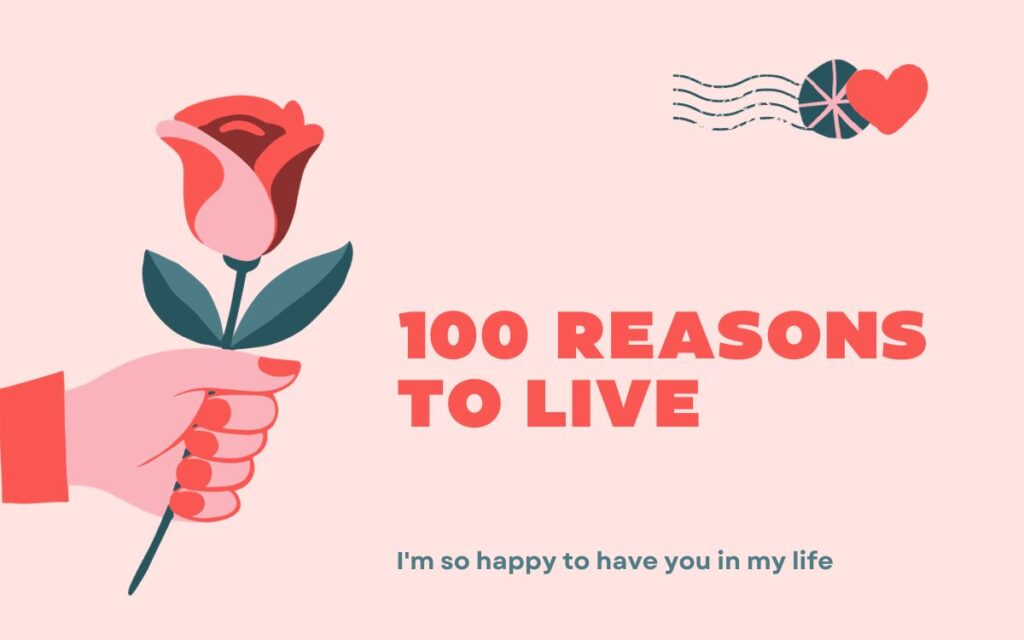There’s a condition harder to manage than depression and often misdiagnosed – someone close to you might have it.
As a child, did you often make the same mistakes, like being forgetful or careless? Maybe you’d leave home with an umbrella or water bottle, only to lose them by the time you returned. Perhaps your mind wandered just minutes into starting a task, or you’d zone out during lectures or when someone was speaking to you. These actions might have frustrated parents and teachers, leading them to scold: “Why can’t you remember things? You never do anything right!”
This is the real-life story of a girl named “L.” She tried hard to avoid these “mistakes,” but it felt like her brain had a mind of its own. As a result, she was labeled as “lazy,” “careless,” or “rude.” This led her to see herself as the “unliked kid,” causing deep-seated insecurity, habitual self-blame, and unhappiness. It wasn’t until she turned 29 that she considered she might have “Adult ADHD” (Attention Deficit Hyperactivity Disorder). A hospital visit later confirmed her suspicions.
While ADHD is more common in children, about 50% of them carry the condition into adulthood. Sadly, many adults with ADHD go undiagnosed. A hallmark of adult ADHD is chronic inattention, with or without hyperactivity and impulsiveness. It can lead to struggles in work, academia, strained personal and family relationships, and feelings of low self-worth and underachievement. It might even manifest as emotional turmoil, career challenges, or health and safety concerns.
Today, let’s talk about the prevalent yet easily overlooked “Adult ADHD.”
Why Is ADHD Often Overlooked?
Lack of awareness and societal biases play a big role
Many wonder: if Adult ADHD is not uncommon, why haven’t many of us heard of it? In fact, most ADHD symptoms appear in childhood, usually between ages 7-12. But these signs often go unnoticed. This oversight stems from a lack of public awareness, fear of the disorder, and societal prejudices.
For instance, consider my cousin, an energetic and mischievous boy. He loved leaping from high places and was always criticized but never changed. Sometimes he’d get into fights and even couldn’t remember why. People would comfort his parents saying, “Boys will be boys. It’s natural for them to be energetic!” But on closer examination, it wasn’t that he wanted to be this way; he just couldn’t control himself. He was also frequently distracted and forgetful. He’d start his homework and suddenly shift to another activity. Given his behaviors, he might have “Combined ADHD,” which encompasses symptoms of both inattentiveness and impulsivity. But his parents assumed he was just trying to avoid study, being stubborn, and deliberately disobedient.
There’s a general notion about boys: “Boys are naturally naughty” or “Disobedient boys are thinkers.” These stereotypes make it easy to overlook “impulsive symptoms” in young boys, assuming it’s their nature or deliberate misconduct, missing out on timely intervention.
Surprisingly, girls with ADHD are even more likely to be misdiagnosed. For a long time, ADHD was seen as a “male disorder.” Men are diagnosed nearly 69% more than women. Why? ADHD manifests differently between genders. Hyperactivity and disruptive behaviors are more common in boys, while girls tend to exhibit more “inattention.” Moreover, girls often mask their symptoms, leading to emotional burdens, suppressed feelings, anxiety, and increased depression.
Take my friend’s daughter as an example. She’d frequently lose focus, even while someone was talking to her. Her academic performance lagged, and her room was always in a mess. As she entered middle school, the problems intensified. Her mother would often reprimand her, saying, “How will you ever get married if you’re so messy and slow?” Instead of discussing her potential ADHD, conversations revolved around her “failures” as a girl. Because she couldn’t pay attention, she started losing friends. She learned to hide herself, always nodding when someone spoke, trying to place things back, and even pinching her leg to stay focused. Despite her best efforts, living a “normal” life required double or triple the effort compared to others.
Stereotypes, societal expectations, and hormonal fluctuations make the presentation of ADHD in females complex. As a result, they’re often misdiagnosed, overlooked, or even blamed. But they shouldn’t bear this burden alone.

How Does ADHD Come About?
It’s not uncommon for someone who falls ill to blame themselves, thinking they’ve become a burden to their families. Those with ADHD often face added challenges, as they’re sometimes mistakenly labeled as having bad attitudes, low self-control, or laziness. This can lead to immense emotional pressure. So, what exactly causes ADHD?
The origin of ADHD is influenced by genetic factors and neurobiology. Beyond genetics, studies on brain structures have discovered differences in the frontal cortex, inhibitory neurons, and brainstem of those with ADHD. These differences affect the secretion of neurotransmitters in the brain, which are linked to motivation and self-regulation. This leads to the typical ADHD symptoms, such as inattention, hyperactivity, and impulsiveness. It’s important to understand that these aren’t issues that someone can just will away.
Apart from these unchangeable factors, it’s crucial to recognize the psychological influences caused by the environment, family upbringing, and societal pressures. For instance, the emotional well-being of a mother during pregnancy has been shown to have some correlation with ADHD incidence in children. Furthermore, childhood social environments, parenting styles, school pressures, and family stresses can contribute to the onset of ADHD. Factors like parental conflicts, family breakdowns, inappropriate upbringing, and childhood separations from parents can either trigger the condition or perpetuate its symptoms.
This emphasizes how vital a positive and healthy family environment is. As an example, one individual with ADHD had relatively mild symptoms as a child when the pressures were minimal. However, upon entering middle school and facing his parents’ divorce, things took a turn. Living with his single mother, who was both struggling with the aftermath of the divorce and her own emotional challenges, the young boy found himself becoming a caregiver. This major family upheaval placed extra burdens on a teenager already grappling with the natural challenges of adolescence, exacerbating his ADHD symptoms. He recalled, “It’s not that I wasn’t trying. There was this uncontrollable force preventing me from focusing. No matter how hard I tried to push through, in less than a minute, I’d get this overwhelming sense of restlessness and distraction.”
No one recognized that he needed support and treatment as much, if not more than his mother. He was left playing the role of the adult, holding the family together. It wasn’t until much later when he met a trusted therapist that he began to find hope and direction.
Thus, raising awareness about ADHD is essential. It’s equally crucial to focus on preventing or alleviating its onset by ensuring a stable and psychologically healthy environment for kids. Even in tumultuous family situations, it’s important for adults to handle conflicts rationally and not vent their frustrations on the children or shift blame onto others.
What Can We Do? Living a Fulfilling Life with ADHD
Many people discover they have ADHD only when they grow up, after years of struggle and missing early intervention opportunities. But don’t be overly disheartened by ADHD. Yes, it’s a challenging condition that doesn’t have a complete cure, but there are numerous effective ways to manage or improve it.
In everyday life, apart from the required medical treatments, we can:
1. Engage in Exercise and Mindfulness Practices.
When you feel distracted, a brief period of exercise can stimulate dopamine secretion in the prefrontal cortex, awakening the brain. After a light sweat, focusing on work or study becomes easier. If exercise isn’t helping, consider “mindfulness training.” Mindful meditation, supported by scientific studies, is a proven method to enhance executive functions. Practicing it regularly can lead to structural and functional changes in the brain, enhancing self-awareness, emotion regulation, learning, and memory, thereby improving information processing.
2. Set Clear Goals and Prioritize Tasks to Minimize Procrastination.
It’s beneficial for individuals with ADHD to separate work, study, and leisure. Use time management tools and block out distracting external noises. If you find it hard to concentrate and feel anxious or frustrated, take a break. Deep abdominal breathing can be a great relaxation technique. Alternatively, engage in leisure activities like listening to music or watching a movie. But once you decide to focus on a task, stick to it. If a task feels overwhelming, break it down into smaller tasks and set milestone goals. Maintaining a regular routine and adhering to a fixed schedule can further help achieve your objectives.
3. Recognize the Strengths of ADHD.
The focus levels of those with ADHD can be polarized. Some excel incredibly in fields they are passionate about, like certain professional skills, sports, or video games, often entering a “hyper-focused” state. When deeply interested, they become intensely dedicated with a significant drive to achieve related tasks. Use this strength to your advantage by choosing careers or hobbies where you can immerse and concentrate. Enhance other skills as a compensatory ability to offset attention deficits.
4. Most importantly, Be Kind to Yourself.
Reconciliation with oneself is vital to avoid the pitfalls of self-criticism. Remember, you are your best ally. Understanding and forgiving oneself is crucial to move forward. Anmi, diagnosed with ADHD, became a successful show producer. Passionate about her job, she was able to concentrate effectively. She believes that her ADHD enhances her creativity. Her inclination to get distracted when bored became her benchmark for evaluating content quality. Her need for stimulation meant higher standards for her shows. When she started using her ADHD traits positively in her work, she felt a sense of reconciliation with herself. So, stop being overly critical. Stand with yourself, not against. You’re not a “daydreamer,” “lazy,” “troublemaker,” or a “bad student.” You’re just dealing with a medical condition. With continued effort, you can indeed create a life uniquely yours.
In Conclusion
To those experiencing similar challenges, I hope reading this encourages you to take action. Seek help from loved ones or professionals, and find your mental anchor. Educate those around you, and encourage those with ADHD symptoms to get professional evaluation or treatment, emphasizing early detection and intervention. If you know someone with ADHD, please show understanding and support, assisting them in emotional expression, and encouraging social interactions.
Parents, show added patience and support to your ADHD-affected children. They’re already striving hard to lead a typical life. Feelings of shame, fear, and self-doubt can plague them due to this condition. So when they face ridicule or setbacks, stand by them, offering comfort and confidence.
ADHD is not an issue limited to an individual, family, or group but is a challenge that requires collective effort. And love remains the strongest fortress for anyone.
The world, and I, love you.


